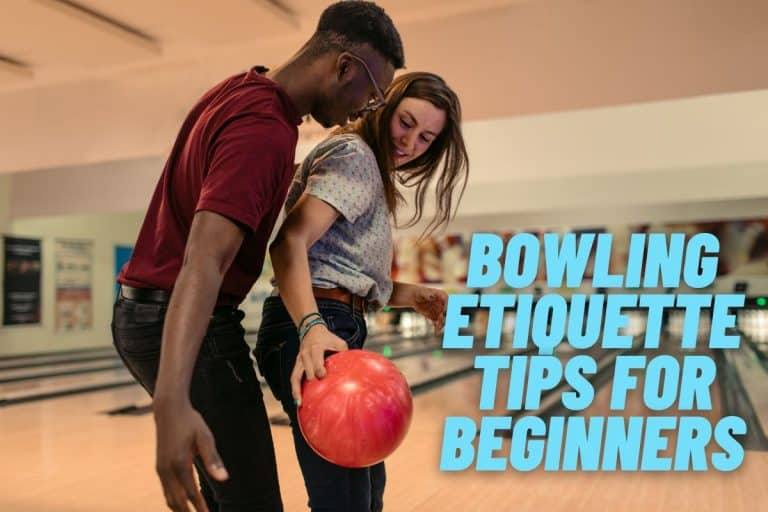How to Hold a Bowling Ball Correctly to Increase Average Score
Have you ever stopped to think about how you hold the bowling ball and whether or not a different grip would improve your performance? In this article, you will learn more about how to hold a bowling ball.
Do you know how to hold a bowling ball? To get the most out of bowling as a sport or leisure and reduce the risk of injury, you should familiarize yourself with proper ball-holding techniques.
This article will cover many topics related to holding a bowling ball, the best grip for a beginner player, why you should have a good grip when bowling, and much more!
What's the best grip for a beginner player?
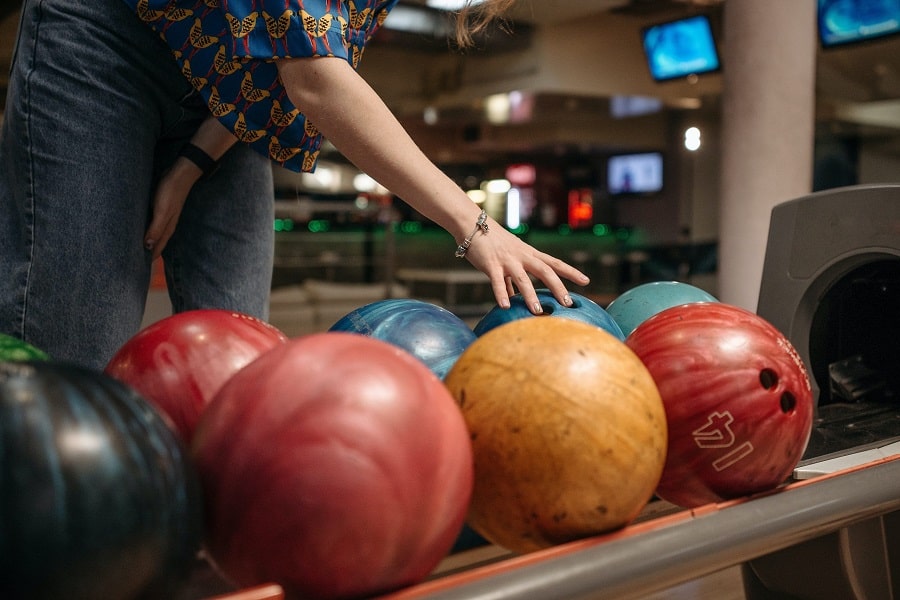
For beginners, the conventional grip is what is advisable. The best way to keep your swing steady and under control is to press your thumb, middle, and ring finger to the second knuckle while bracing the ball with the other hand. Bowling may be dangerous if you lack the proper basic concepts, so using a traditional grip is an excellent way to avoid harming yourself as you practice.
Which are the Bowling ball gripping techniques?
Knowing the proper bowling ball posture and how to handle a bowling ball is essential to playing the game well and making consistent throws.
Most people should grip a bowling ball with their thumbs in the third hole, the index finger in the center hole, and the ring finger in the side holes.
So, to get you started, here are a few pointers:
- Get your bowling ball and cradle it in your non-bowling hand, so it doesn't topple over.
- Prepare to bowl by inserting fingers into a ball.
- Use your finger pads more than your thumb pad to improve your grip.
- It would help if you didn't hold the ball with too tight of a grip.
Pro bowlers often try out different spins by varying the depth to which they insert their bowling finger before releasing the ball.
How can you tell whether or not a bowling ball is durable?
More pins are hooked through the heads (from the foul line to just beyond the arrows) by a firm bowling ball than by a weak one. There is a correlation between a bowling ball's core symmetry and its duller finish, suggesting that the latter may indicate greater strength. Because they are constructed for more oil, these bowling balls will hold on to the lane sooner rather than slide.
Where do you put your fingers in a bowling ball?
The conventional bowling hold involves inserting the thumb, middle finger, and ring finger into the ball. Even so, alternative grips may omit thumb releases or reposition fingers to increase your ability to hook. Many bowlers have only used the standard grip, which involves completely inserting the fingers. There are, however, other grips for a bowling ball to give you a tactical advantage.
Why should you have a good grip when bowling?
In bowling, the way you hold the ball is crucial because it influences your ability to manage ball speed, limits your release, aids in maintaining a steady rev rate, and aids in directing your ball in the desired direction. Since your grip affects many aspects of your throw, mastering it is crucial to improve your scores.
How can you determine if a bowling ball is a good fit for you?
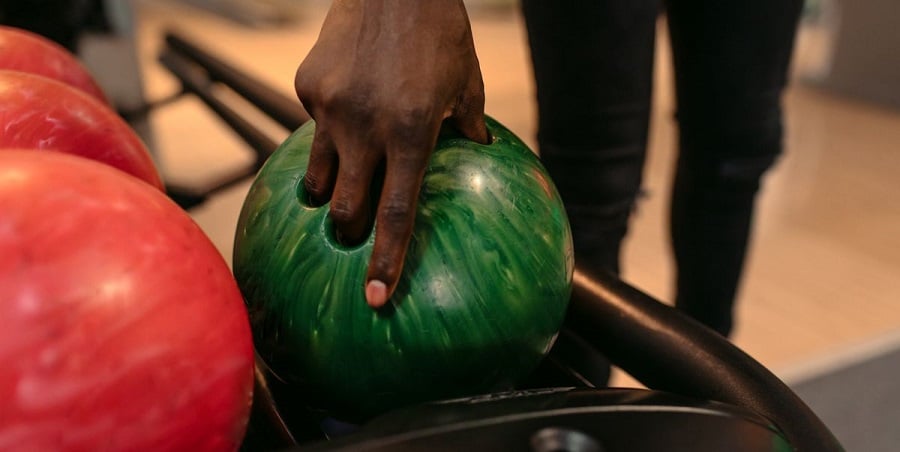
A bowling ball is a good fit for you if there is enough room in the openings for your bowling fingers to enter and escape easily while keeping the grip in place and when releasing.
Blisters, calluses, torn fingernails, and an inability to properly release the ball are all possible outcomes of a bowling ball with too small holes. Having the ball drilled at the pro-bowling facility is the surest method to ensure a perfect fit.
Even if you start with an excellent bowling ball, if your grip isn't quite right, your performance will suffer, and your scores will reflect that. To reduce the likelihood of damaging your ball, have the pros assess your hand arrangement and drill at a professional shop.
Where should you direct your swing while bowling?
It may be a surprise to learn that the center arrow is not the best option if you're going for a direct hit, but most people tend to think that way. The sweet spot is the second arrow out from the center, regardless of which arm you use to bowl. With this, you may quickly reach your desired pocket.
What should one consider before buying a bowling ball?
It would be best if you used a ball that weighs roughly 10% of your body weight. But if you're having trouble carrying that much, try sizing down a ball with improperly sized finger holes, as it may completely spoil the contest (and hurt your fingers too).
Why Are There Distinct Types Of Holes Drilled In Bowling Balls?
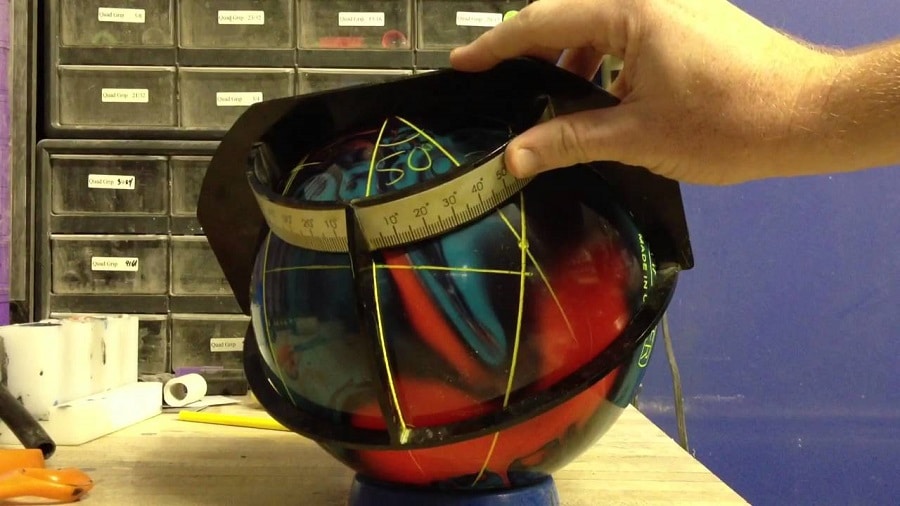
Although the most standard grip is the three-hole drill, you may also alter your grip by increasing or decreasing the number of holes. Some individuals use more holes to improve their grip, while others use them for experimenting with different throws. As with any sport, each hole offers advantages and disadvantages that might benefit you in various ways. Here are several recommended grips for holding the bowling ball.
The conventional grip is the best option for beginners since it is the most comfortable and provides the most significant degree of control over the ball. Insert your thumb entirely through the slit to get this grip. Put the second knuckle of the middle and index finger into their respective holes.
More seasoned bowlers use the fingertip grip. Only the thumb is wholly inserted; the ring and middle fingers are inserted only as far as the first knuckle. This grip makes the ball harder to control and grasp; thus, its best reserved for players with strong hands.
Fingertip-Semi Grip combines elements of both the conventional and Fingertip grip. You must completely insert the thumb, and the index, middle, and ring fingers should reach the joint between the first and the second fingers.
Conclusion
Learning the proper grip on a bowling ball might help you avoid injury and improve your game. Although there are a few other grips to try, the conventional grip is what you should use if you are a beginner. On the other hand, if you are an experienced bowler, you may also use the Fingertip or fingertip-semi grip.
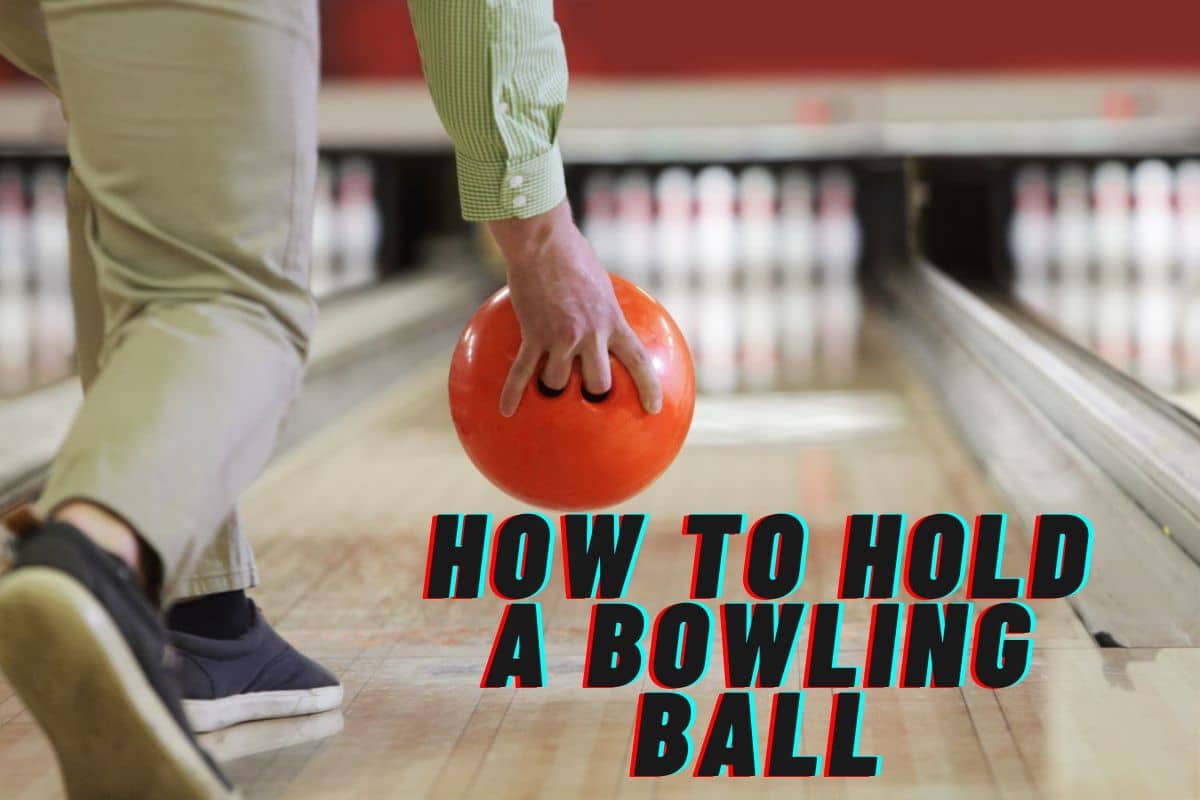

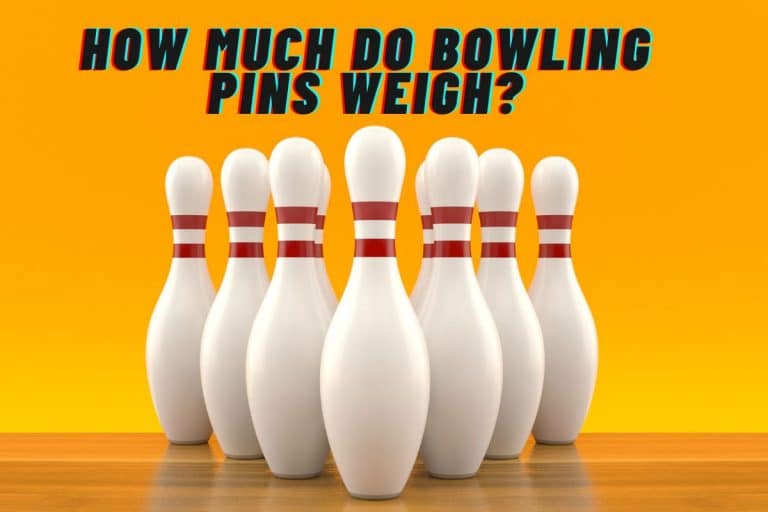
![What Basic Equipment Is Needed For Bowling? [Best 10]](https://www.bowlingknowledge.com/wp-content/uploads/2023/03/What-Basic-Equipment-Is-Needed-For-Bowling-768x512.jpg)
![Best Bowling Ball for Dry Lanes [Reviews Inside] 2023](https://www.bowlingknowledge.com/wp-content/uploads/2023/03/Best-Bowling-Ball-for-Dry-Lanes-768x512.jpg)
![▷Top 10 Health Benefits Of Bowling [Mental and Physical]](https://www.bowlingknowledge.com/wp-content/uploads/2023/03/Health-Benefits-Of-Bowling-768x512.jpg)
